The spice contains health benefiting essential oils such as eugenol, a phenylpropanoids class of chemical compound that gives pleasant, sweet aromatic fragrance to it. Eugenol has got local anesthetic and antiseptic properties, hence; employed in the dental and gum treatment procedures. Other important essential oils in cinnamon include ethyl cinnamate, linalool, cinnamaldehyde, beta-caryophyllene, and methyl chavicol. Cinnamaldehyde in cinnamon-sticks has been found to have anticoagulant (prevents blood-lotting) function, prevents platelet clogging inside the blood vessels, and thereby helps prevent stroke, peripheral arterial and coronary artery diseases. The active principles in this spice increase the motility of the intestinal tract and aid in digestion by increasing gastro-intestinal enzyme secretions. This spicy stick is an excellent source of minerals like potassium, calcium, manganese, iron, zinc, and magnesium. Iron is essential for cellular metabolism as a co-factor and in RBC’s production. Potassium is an important component of cell and body fluids that helps control heart rate and blood pressure. The human body chiefly uses manganese and copper as co-factors for the antioxidant enzyme, superoxide dismutase. It also contains good amounts of vitamin-A, niacin, pantothenic acid, and pyridoxine. Further, it is also a very good source of flavonoid phenolic antioxidants such as carotenes, zeaxanthin, lutein, and cryptoxanthin
Cinnamon
Health benefits of cinnamon The active principles in the cinnamon spice known to have anti-oxidant, anti-diabetic, antiseptic, local anesthetic, anti-inflammatory, rubefacient (warming and soothing), carminative and anti-flatulent properties. Cinnamon spice has the highest antioxidant strength of all the food sources in nature. The total measured ORAC (Oxygen radical absorbance capacity) value for this novel spice is 2,67,536 Trolox equivalents (TE), which is many hundred times more than in chokeberry, apples, etc.
Categories: Agro Products, Spices
Related products
azuki bean
Lentils
Lentils are a great source of healthy protein, also packing in high amounts of iron and zinc. Lentils are versatile, going into stews, soups, dips, and salads. And, major bonus, they're cheap. But not all lentils look and cook alike. Here are the top varieties of lentils that are widely available, and a guide on how to properly prepare these colorful legumes so they don't turn into a sad puddle of mush. Let's take a look at lentils!
Maize
MOISTURE: 13 % MAX.
PROTEIN : 9.0 % MIN
PURITY : 98 % MIN
BROKEN : 2 % MAX
DAMAGE : 6 % MAX.
COVERED GRAIN: 2 % MAX.
ASH: 1.57 % MAX.
FAT : 5 % MAX.
AFLATOXIN: 20 PPB MAX.
CONTAMINANTS RESIDUE: NIL
Kindly contacts us for more detailed specifications, price, packaging, lead time, minimum order and trading terms.
Peanut
Peanuts are not actually nuts. They are legumes, which makes them a relative to beans, peas and lentils. The flavor of a raw peanut is unlike the flavor of any other nut. Peanuts have a distinctive blend of earthiness and a tangy sharpness. Their slightly soft texture makes them a nice addition to salads, baked goods, soups and main dishes.
Maize
MOISTURE: 13 % MAX.
PROTEIN : 9.0 % MIN
PURITY : 98 % MIN
BROKEN : 2 % MAX
DAMAGE : 6 % MAX.
COVERED GRAIN: 2 % MAX.
ASH: 1.57 % MAX.
FAT : 5 % MAX.
AFLATOXIN: 20 PPB MAX.
CONTAMINANTS RESIDUE: NIL
Kindly contacts us for more detailed specifications, price, packaging, lead time, minimum order and trading terms.
Conola seed
Canola seed, also known as rapeseed, oilseed rape, and, in the case of one particular group of cultivars, canola, is a bright-yellow flowering member of the family Brassicaceae, cultivated mainly for its oil-rich seed. It is the third-largest source of vegetable oil and second-largest source of protein meal in the world. We sell canola seed in 1lb bags.


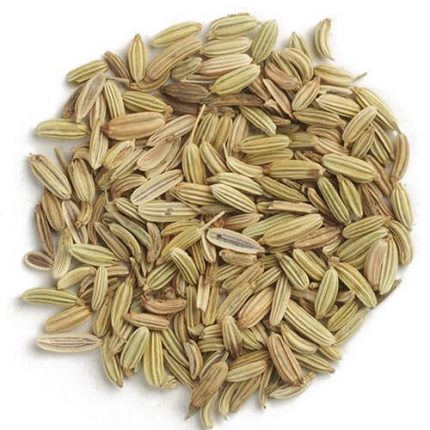
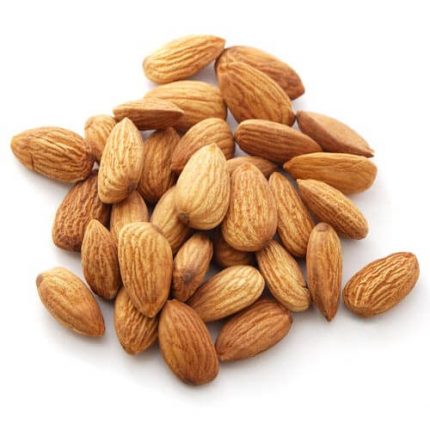
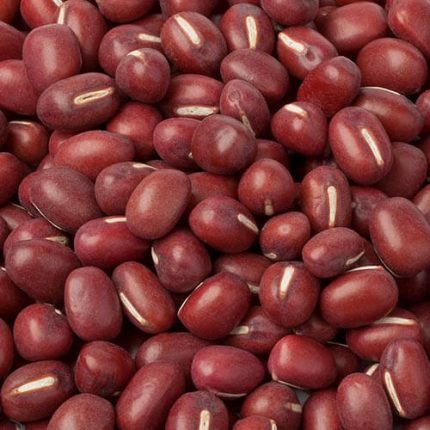
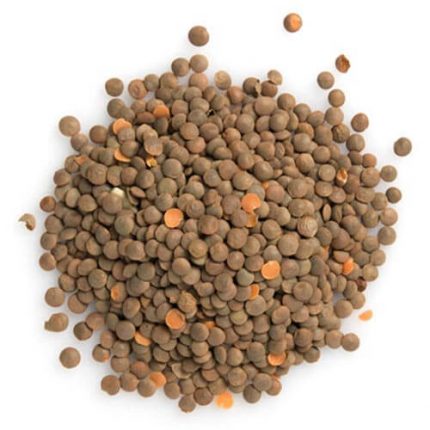

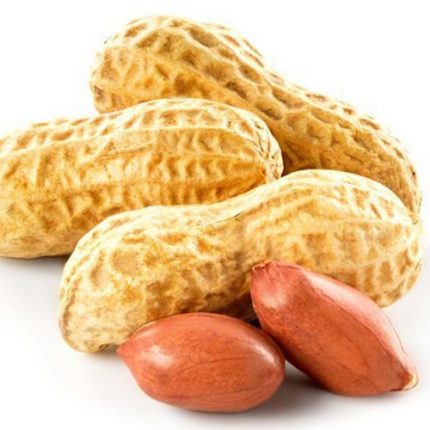
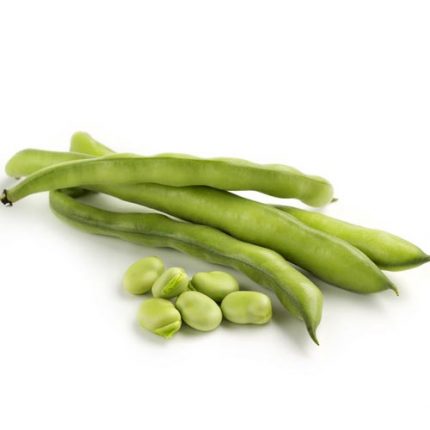
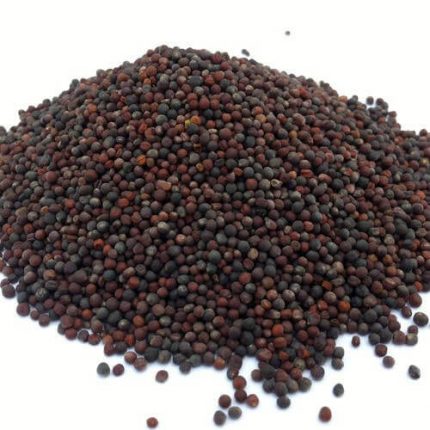

Reviews
There are no reviews yet.